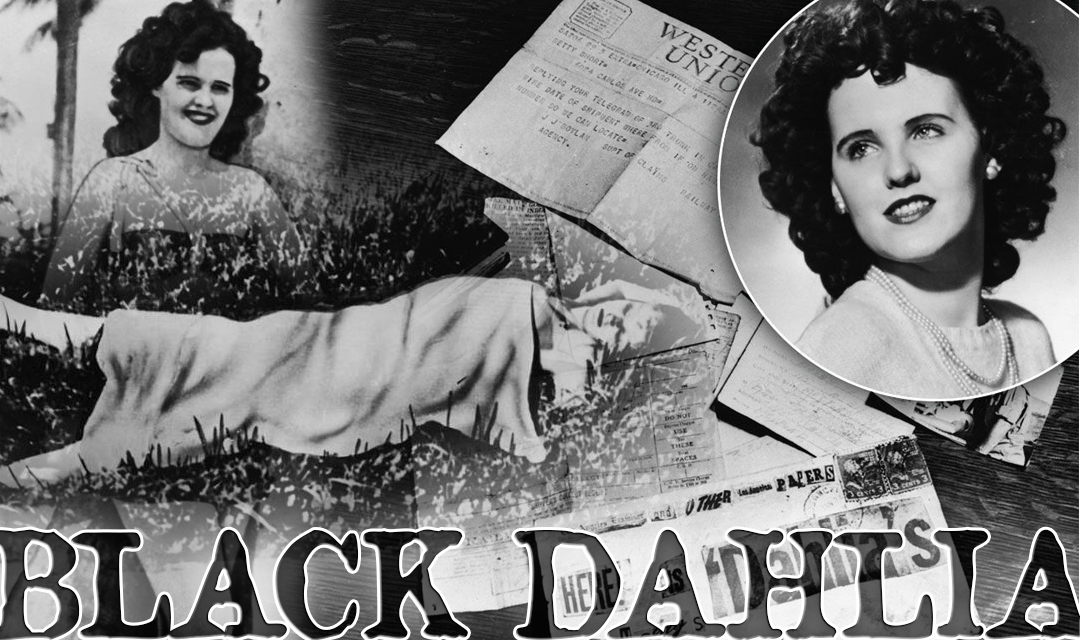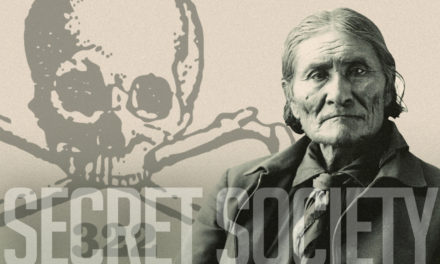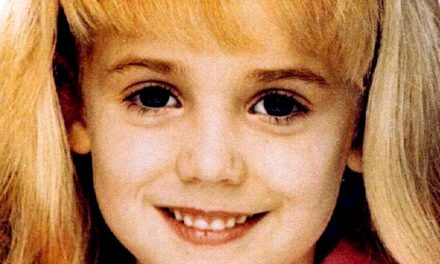Intro
Who was Elizabeth Short? Twenty-two years old, her corpse was measured at 5’5”, 115 lbs. She had light blue eyes, brown hair and badly decayed teeth. She was raised in Massachusett with four sisters. Her mother was a professional bookkeeper. There were at least a few blemishes on her homelife–for example, her father had faked his death to his family, only to eventually return.
He left again and moved to California where Elizabeth decided to visit him when she was 19. He kicked her out “for not doing anything with her life.” She traveled on to Santa Barbara where she was arrested for underage drinking and sent back home to Massachusetts.
Since she was a teenager Elizabeth was movie crazy, bent on becoming a star. And so she returned to California–Los Angeles–in 1946. She was a waitress, waiting for her big break. Elizabeth Short did become famous in Hollywood, but not as she expected.
Last seen on January 9, 1947, Elizabeth went to meet her sister for a drink at the Regal Biltmore Hotel. On January 15, her body was found in a vacant lot by local Betty Bersinger, pushing her three-year-old daughter in a baby stroller. She called the police about “a drunk man lying in the weeds.” It was the day-old body of Elizabeth Short, soon to become a tabloid legend.
When the police dispatch went out it was heard by a reporter, Will Fowler of the Los Angeles Examiner. Fowler said he closed Elizabeth’s half-opened eyes. The next day she was identified by her fingerprints, on file from the underage drinking incident in 1943. It was assumed she died the previous day.
Elizabeth had been in Hollywood just six months before her death, waiting her turn.
A VERY COLD, COLD CALL
-IMDB.com
Since the story was one of the biggest of its day, the Examiner flew Phoebe Short to Los Angeles in secret to hide her from competing media while she identified the body. She resisted doing so for over two days, saying she wanted to remember “Betty” as she was.”
TABLOID SENSATION
Town and Country magazine.
Elizabeth was dubbed “The Black Dahlia” by the media, repurposing the popular movie “ The Blue Dahlia,” a name which only indicated a bar where most of the action took place.
Elizabeth was now the “Black Dahlia” because she was said to often wear black, some said sheer, clothing and for her dark hair. She had a face framed with full brown hair. In black and white photographs Elizabeth resembled a blossoming flower with bee-stung lips.
Needing a hook for the murder the media began to brand Elizabeth Short, baselessly, as a prostitute. Fifty men, some claimed, had been intimate her before her murder. Then, it was reported, “At least 25 men had been seen with her in the 60 days preceding her death…She was known as a teaser of men.”
Other stories claimed she was a lesbian who liked to bait men. When the murder was brought to court it was revealed that there was no evidence behind these rumors, nor clear motive for her murder.
I DID IT, I DID IT, I DID IT!
All of these items were wiped down with gasoline leaving no fingerprints behind.
Another letter arrived on Jan 26th luring police to meet the self-proclaimed murderer at a specific location. The person who signed themself as “Black Dahlia Avenger” didn’t show.
Other letters, notes made up of letters cut from magazines followed. Again wiped clean with gasoline.
Originally, an astounding 60 individuals confessed to the crime, but none were considered legitimate. Since then, over 500 people have confessed as the alleged murderer which led to no one being charged.
–(Gudjonsson, 2003; Kassin & Gubjonsson, 2004)
At one point the LAPD had 750 investigators on the case of “The Black Dahlia”. Over 150 interviews were conducted to no avail.
MAYBE HE DID IT, HIS SON THINKS SO
Dr. Hodel came under police scrutiny in October 1949, when his 14-year-old daughter, Tamar, accused him of molesting her. Despite three witnesses testifying that they had seen Hodel having sex with Tamar, he was acquitted in December 1949. The trial led the LAPD to include Hodel, among its many suspects in the Dahlia case. Police put Hodel under surveillance from February 18 to March 27, 1950, to ascertain whether he could be implicated in the murder. In the surviving transcripts of microphone recordings, Hodel was heard making highly incriminating statements.
- George Hodel. February 18, 1950
According to Wikopedia, “The secretary referred to was Ruth Spaulding, who police had previously suspected of being murdered by Hodel in 1945. He was present when Spaulding overdosed and had burnt some of her papers before police were called. The case was dropped owing to lack of evidence, but documents were later found that indicated Spaulding was about to publicly accuse Hodel of intentionally misdiagnosing patients and billing them for laboratory tests, medical treatment, and prescriptions not needed.
Hodel gained more recent notoriety when his son, Steve Hodel, a former LAPD homicide detective, accused him of killing Short in the 2003 bestselling book “Black Dahlia Avenger: The True Story.” He believes Short may have been one of his father’s patients.
It was amazing, a son so determined to hang the crime on his father. But Steve Hodel said that initially, after his father’s death in 1999, he thought he would be able to exonerate him. After gathering information he changed his mind.. He claimed his father’s handwriting matched letters the police received, supposedly from the killer. He uncovered photos of a woman who resembled Short in his father’s personal photo album. He said his father’s medical background explains the precise surgical cuts on the body..
“I Am the Night,” a former TNT miniseries, centers around Hodel as a prime suspect in the Black Dahlia case.
Twenty two years ago In 2003, Steve Hodel published a book, “Black Dahlia Avenger; A Genius for Murder,” claiming his father not only had murdered Short by was responsible for many unsolved killings over two decades. In 2009, Hodel published “Most Evil: Avenger, Zodiac, and the Further Serial Murders of Dr. George Hill Hodel,” asserting his father was also the Zodiac Killer. But some have discounted Steve’s claims since he started linking his father to so many other infamous unsolved murders but no one as yet has proved him wrong.
–From Steve Hodel’s blog, three days before his 80th birthday and second retirement in Nov. 2021.
WILL WE EVER KNOW?
Actor/director Orson Welles, mobster Bugsy Seigal were among the many names, around 60, linked–unsuccessfully and most probably without cause–to Elizabeth Short’s murder.
At least six authors claim to have solved the mystery–each with a different theory. And two people, other than Steve Hodel, have published books saying their fathers committed the crime!
This tragedy was famous in Los Angeles, the nation, and the world. Confessions are still being taken for the murder of Elizabeth Short, an almost beautiful 22-year old who wanted to shine so brightly, to be a star. The case of The Black Dahlia is still open.




